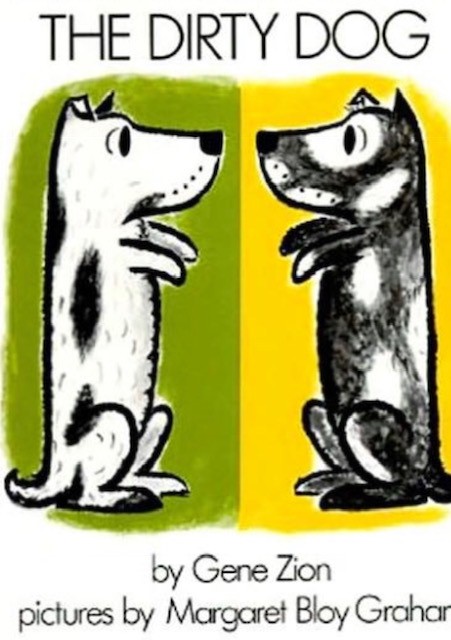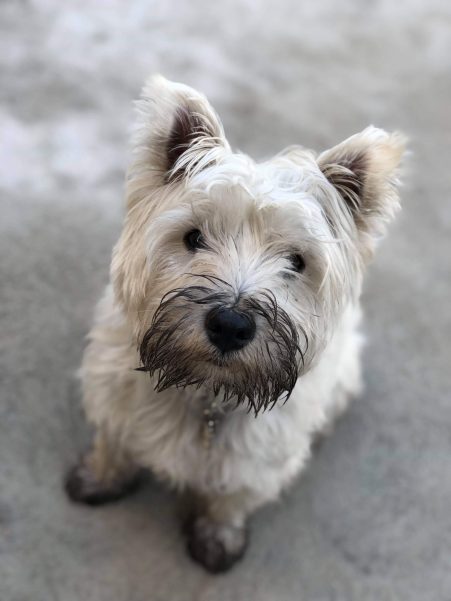Think back to your own childhood. What was your favourite kids’ book? Depending on your ‘vintage’ answers will vary. As a little girl, I remember loving the classics; Fairy tales by the Brothers Grimm, ‘The Five Chinese Brothers’ but mainly Enid Blyton’s ‘The Magic Faraway Tree.’ I estimate that I must have read Blyton’s ‘The Land of Goodies’ chapter at least 100 times. I dreamed about tasting the doorknocker of the edible cottage and what about those ‘Pop Biscuits?’ They sounded delicious! Blyton’s ‘The Land of Topsy-Turvy’ was also a favourite. I used to try and walk on my hands but could only do a cartwheel! Eric Carle’s beautiful narrative, ‘Papa, Please get the Moon For Me!’ is another recent favourite of mine, (I stumbled on it as an adult!) My list will keep growing and is a work in progress!
A common scenario:
Your child chooses their ‘favourite book’ once again. You begin to feel frustrated because there are so many titles on the bookshelf they could choose instead. Consider if it’s because they are reading it to you. Could they be hesitant to read a more difficult and unfamiliar book? Offer to read the new book to them instead, while steering them towards another title. If that fails, try delving deeper into your child’s favourite story. Remember to keep it fun. It’s not meant to be a test but rather, a rich conversation where kids’ ideas, vocabulary and oral language are developed.
Try a few of these fun suggestions ideas:
Have you read your own favourite childhood book to your own child?
Turn it around and share your favourite childhood book. Kids love hearing about their folks when they were little kids and listening to how old Dad was and what he was thinking when he read it all those years ago. Abe Books is a great site if you wish to chase up good used, out of print and new editions of a favourite book.
Talk to them about where you read it or, who read it for you. Describe the scene all those years ago. Liken it to a time-travel experience in movies; where you were, how old you were, what you liked and what it reminded you of. Read the book to them and ask what they think. It’s OK if their opinion differs. That’s what sharing is all about. It’s all about the intimacy of sharing and connecting ideas.
Oh, remember ‘Harry the Dirty Dog?’ I look back and smile because now, my family has its own ‘Harry the Dirty Dog’ but his name is Wally!

New York: Harper and Bros 1956.

Wally- our West Highland Terrier 2019.
Connect stories and characters to real life examples to develop comprehension:
‘Do you know anyone at school who has a little white dog?’
‘Does Annabelle’s dog have spots?’ ‘Is he often dirty or is he clean? How do you think he gets dirty?’
‘Does he like baths or does he try to run away from Annabelle?’
Useful questions
to ask
while reading
your child’s favourite book
for what seems to be,
the 100th time:
I wonder who wrote this book? Do you know the author’s name? Discuss. (Find their name on the cover and say it if your child can’t read it. Look for a note about the author that might be inside the dustjacket of the book.)
Do you know if they’ve written any other titles? Google the author and discuss after reading it.
Leading to borrowing other titles from a library or, buy them as a gift or a reward for their efforts.
What do you think about the characters? Why? Do you have a favourite character?
Do the characters remind you of anyone you know? Why? Share your own comparison. ‘The grandpa in the story reminded me of my own Pop because he used to work on his old car! I rode in that car when he finished it…’
Is there a main character? What makes you think that?
Encourage discussion about whether the characters are people, animals, fantasy creatures etc.
Why do you think (say the author’s name) wrote this book? Discuss.
There really are no right answers, just rich language and expression of your child’s opinions and being heard.
Is the book illustrated by the author or, is it someone else? How do you know?
Discuss how the author’s name is usually first and the illustrator is second on the cover but if there’s just one name, they’ve probably talented and have done both the writing and the art.
Does this book remind you of any other books or characters? E.g. Andy Roid is a young boy just like Zac Powers.
Is there anything you’d change about the story or the illustrations? Why? Pretend you are the author; can you think of a different ending? What else could happen instead? (As an adult, you could offer an alternative ending also.)
If we invited (say the author’s name) over for dinner to our house, what would you say to them? Why?
Open-ended questions like this last one are ideal for setting the scene, allowing children to think divergently. (They might surprise you or themselves!) If they can’t answer this type of question, that’s OK. You can incidentally model your thinking by sharing your opinion. E.g. ‘If Enid Blyton came to dinner tomorrow night, I’d ask if she had a huge tree in her backyard, just like the Faraway Tree, or, if she visited a tall forest with her parents and imagined the tree and curious people living inside the tree. I remember wondering about this when I was a kid.’
This might prompt your child to expand on a question they would like to ask their favourite author. (You know your child best and how much time to spend on this type of question.)
So now that you have unpacked your child’s favourite story and have dug deeper into the layers, your child has begun to consider the ‘author’s intent’- which is higher order thinking. It will prepare them to think about why authors write about what they write. Enjoy your next story-time!
You may also like to read:








